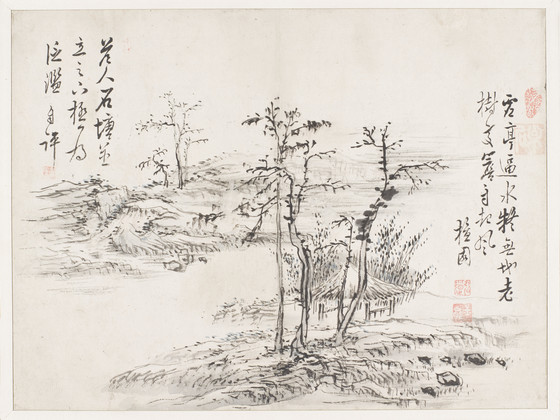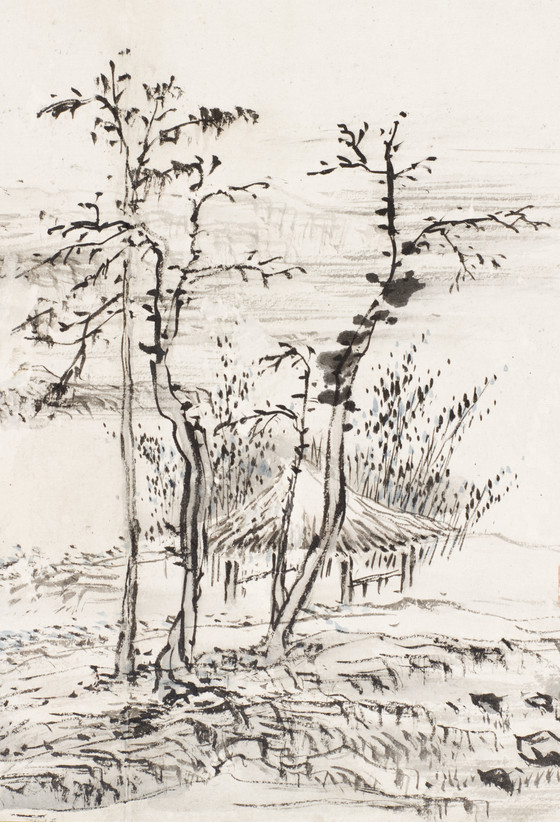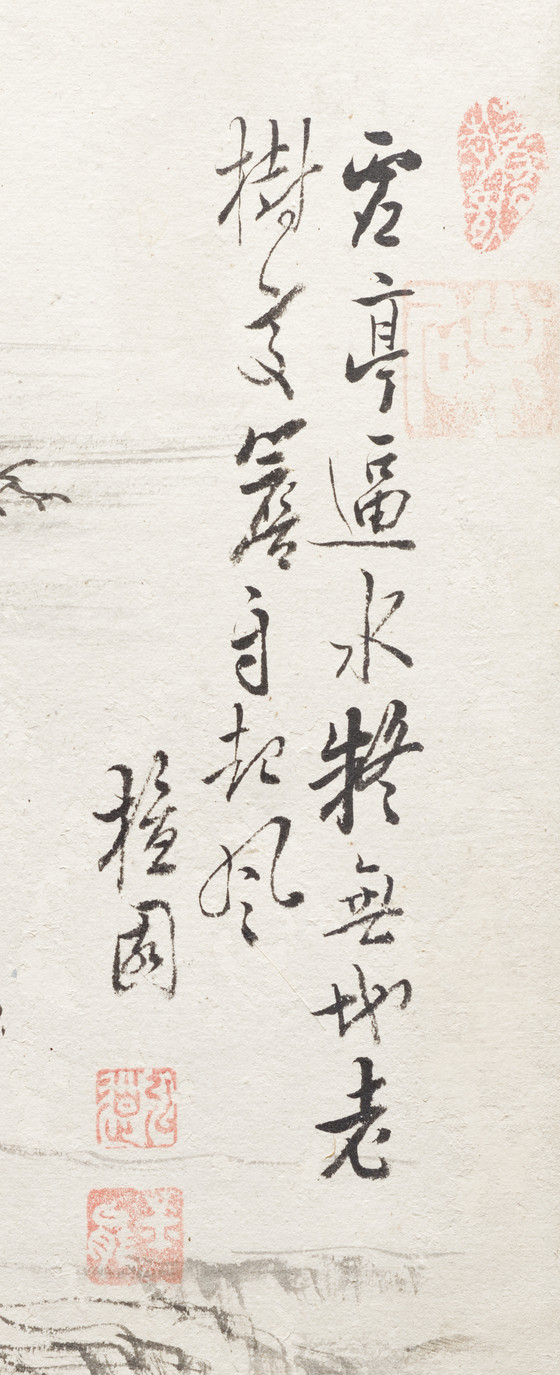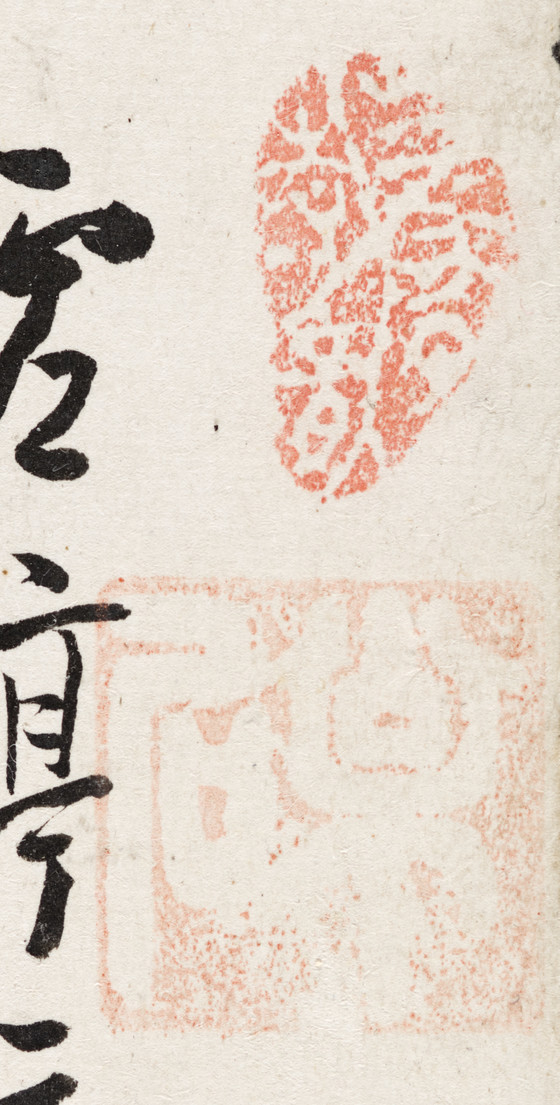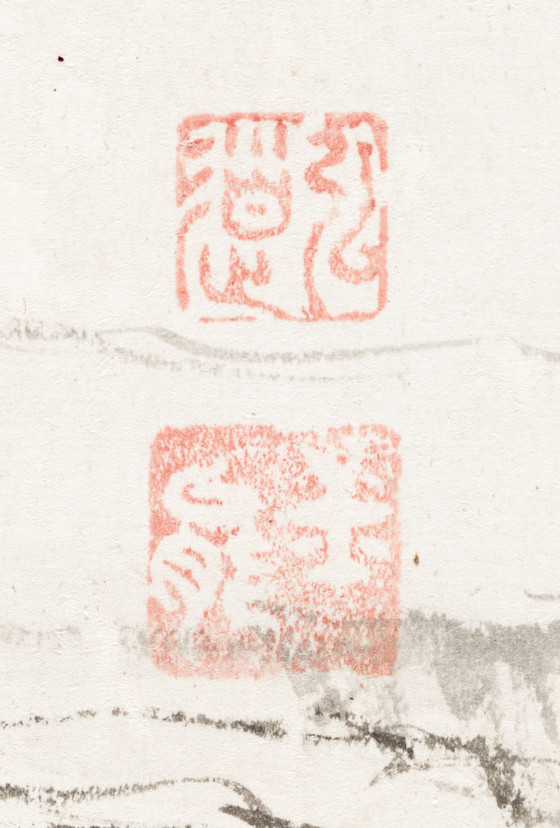Kim Hongdo is probably the most well-known painter in Korean art history.[1] His reputation, to a large degree, has derived from his many great genre paintings depicting the daily life of ordinary peo...
Kim Hongdo is probably the most well-known painter in Korean art history.[1] His reputation, to a large degree, has derived from his many great genre paintings depicting the daily life of ordinary people. Although he was especially acclaimed by modern critics for these paintings, he was equally famous for his many other accomplishments. During his lifetime, Kim was admired for his paintings on all subjects, including documentary paintings of events and celebrations, portraits of religious and secular figures, idealized as well as real (“true-view”) landscapes, and themes from nature such as animals, birds, and flowers. Kang Sehwang (1712-1791), another great artist of the eighteenth century and Kim’s mentor, praised his student’s artistic virtuosity:
These days painters have only one subject that they are good at and are unable to handle varied subject matter. However, Kim Saneung [Kim Hongdo], having practiced painting from a very early age, is capable of depicting everything. He achieves a high level of quality in painting figures, landscape, immortals, Buddha, flowers, fruits, animals, insects, fish and crabs, and so on.... He is also skilled in depicting the daily activities of our people, such as scenes of scholars studying, merchants heading to market, travelers, farmers, royal gates, multiple rooms, lines of houses, deserted mountains, and trees in fields.[2]
During the eighteenth century, the arts were flourishing under the patronage of King Youngjo (reigned 1724-1776) and King Jeongjo (reigned 1776-1800), which led to a renaissance in Korean academia, literature, music, and art. Kim benefited from this vibrant cultural atmosphere, but his creative genius allowed him to transcend the period’s trends.
In the genre of landscape painting, Kim has received much attention for his true-view landscapes – realistic depictions of specific geographical locations – which scholars regard as an innovative style that emerged in the eighteenth century. However, Kim also created idealized landscapes, as can be seen in LACMA’s small album leaf. This painting depicting a solitary landscape demonstrates the influence that earlier Chinese landscape painting had on Kim Hongdo. The sparse trees, thatched hut, expansive water, and low, distant hills are elements associated with the paintings of Ni Zan (1301-1371), the influential Yuan dynasty scholar-artist.[3] In addition to the formulaic composition and absence of human figures, Kim used Ni Zan’s trademark painting style of dry, clean brushstrokes.
In this painting, however, Kim did not simply copy the style of earlier Chinese masters. Unlike the vast landscapes of Ni Zan, Kim created a rather intimate scene. To complement the painting, Kim inscribed two poems that reflect upon the calmness and loneliness of the landscape. The two seals below the poem on the right are the artist’s (det. 1).
An excellent example of Kim’s late landscapes, the painting displays skillful brushstrokes. It was probably done late in his career, around the beginning of the nineteenth century, when Kim was in his fifties. The painting style is quite similar to his Full Moon amidst Sparse Trees, dated 1796 (fig. 1). Another very similar painting, Autumn Landscape, also by Kim, is now in the Gansong Art Museum in Seoul (fig. 2). Previously owned by Mr. Bokryol Yoo, a twentieth-century Korean connoisseur and collector, the painting has been at LACMA since 2004.
Footnotes
[1] There have been three special exhibitions of Kim Hongdo’s paintings: Danwon Kim Hongdo: His Life and Art (Gansong Art Museum, 1993); Danwon Kim Hongdo (National Museum of Korea, 1990); and Danwon Kim Hongdo: Special Exhibition Commemorating the 250th Anniversary of His Birth (National Museum of Korea and Samsung Ho-Am Art Museum, 1995). For a more detailed discussion of Kim Hongdo’s art, see Oh Juseok, Danwon Kim Hongdo (Seoul: Yeolhwadang, 1998); Jin Junhyun, Danwon Kim Hongdo Yeongu (Seoul: Yiljisa, 1999); and You Hongjoon, “Danwon Kim Hongdo,” in Hua’in yeoljeon (Seoul: Yeoksa bipyonsa, 2001).
[2] Jin Junhyun, “Danwon Kim Hongdo,” in Ahn Hwijoon et al, Inmulro boneun Hanguk misulsa (Seoul: Sahui pyongron, 2006), pp. 216-17.
[3] The great late Ming dynasty scholar, artist, and theorist Dong Qichang (1555-1636) considered Ni Zan to belong to the Southern school of painting exemplified by literati or amateur scholar-artists who valued expression and amateurism in stark contrast to more professional artistic trends.
More...
